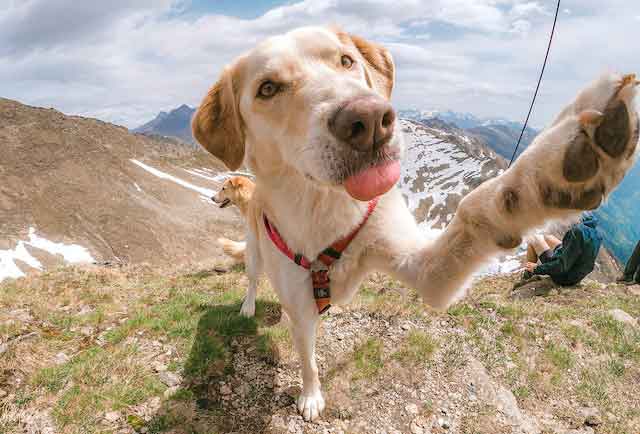As a dog owner, you want to ensure your furry companion is healthy and happy. While regular visits to the vet are essential, there are additional ways to monitor your dog’s health and behavior.
You can use a photography service like https://www.crimsoncatstudios.com/ to gain valuable insights into your dog’s overall well-being by capturing behavioral changes, dietary preferences, weight management, mobility and exercise, oral health and skin and coat condition.
1. Behavioral Observations
Photography can be a unique tool for monitoring your dog’s behavioral health and detecting early warning signs of potential issues. By documenting your dog’s daily activities and interactions, you can identify subtle changes in their behavior, mood, or routines. Such changes may indicate discomfort, anxiety, or underlying health problems that might otherwise go unnoticed.
Photographs can capture moments of restlessness or altered social behavior, providing valuable visual cues for early intervention. Recognizing these shifts through photos helps address concerns promptly for your dog’s well-being.
2. Dietary Documentation
Monitoring your dog’s nutritional preferences and routines is critical for their general health and well-being. The use of photography can be beneficial in this attempt.
You may keep a visual record of your dog’s eating habits by capturing pictures of their meals and snacks. You may keep note of portion sizes, preferred ingredients and any changes in appetite using this paperwork. If you’re starting a new diet or need to check for allergies or sensitivities, it’s very helpful.
Additionally, you may show your doctor these pictures to get nutritional advice and to discuss any issues you may have with your dog’s food. You can ensure your dog gets the finest nutrition possible catered to its tastes and needs by utilizing photos to document its feeding habits.
3. Weight Management
Maintaining a healthy weight is essential for your dog’s health. Regular photography may be a very helpful tool for managing weight. You may monitor changes in your dog’s physical health over time by taking regular images of them from different perspectives. Using these visual records, it will be easy to spot weight, muscular tone and general body composition changes.
If you notice gradual weight gain or loss, it may indicate underlying health issues or dietary needs. Sharing these photos with your veterinarian can aid in assessments and adjustments to ensure your dog’s weight remains within a healthy range. You can actively participate in your dog’s weight management through photography, promoting their overall health and longevity.
4. Mobility and Exercise
Monitoring your dog’s physical activity and mobility is integral to their health and quality of life. Photography can help you assess their exercise routines and detect changes in mobility. By taking pictures during walks, playtime and other physical activities, you can document their energy levels and movement patterns.
Over time, these images can reveal any signs of stiffness, discomfort, or reduced mobility that may indicate joint problems or other health issues. Identifying these changes early allows for timely intervention and tailored exercise plans to maintain your dog’s mobility and overall health. Photography becomes a valuable tool for ensuring your furry friend enjoys an active and fulfilling life.
5. Oral Health Snapshots
Dental health is a vital aspect of your dog’s overall well-being. Photography can be employed to keep a close eye on their oral health. Take close-up photos of your dog’s teeth and gums, documenting their condition over time. These images help you monitor the appearance of dental issues like tartar buildup, gum inflammation, or damaged teeth.
Early detection of dental problems is essential to prevent pain, discomfort and potential complications. Share these photos with your veterinarian to aid in assessments and treatment planning. By incorporating dental health snapshots into your dog’s care routine, you can contribute to their overall health and comfort.
6. Skin and Coat Health
Your dog’s skin and coat are indicators of their general health. Photography can assist in documenting the condition of their skin and coat, allowing you to identify potential issues early.
Take regular photos of your dog’s fur, paying attention to any changes in color, texture, or the presence of lumps, bumps, or irritations. These images can reveal skin conditions, allergies, or infestations that might require prompt attention.
Sharing these photographs with your veterinarian allows you to collaborate on effective treatment plans to maintain your dog’s skin and coat health. Incorporating skin and coat health documentation through photography into your care routine ensures your furry companion remains comfortable and vibrant.

